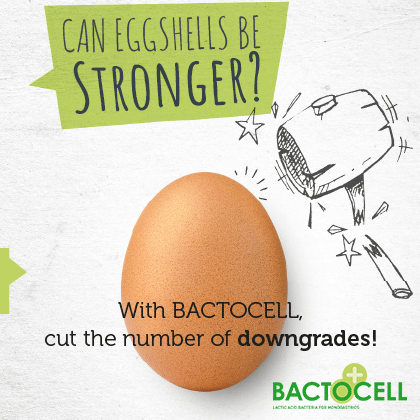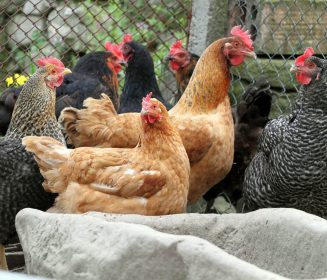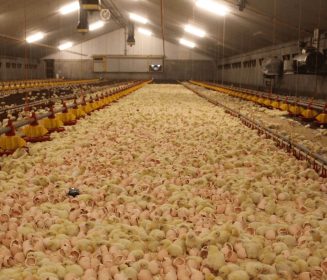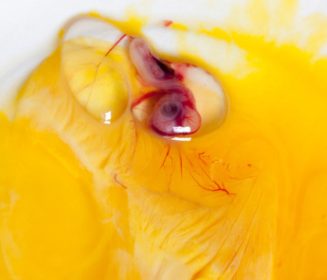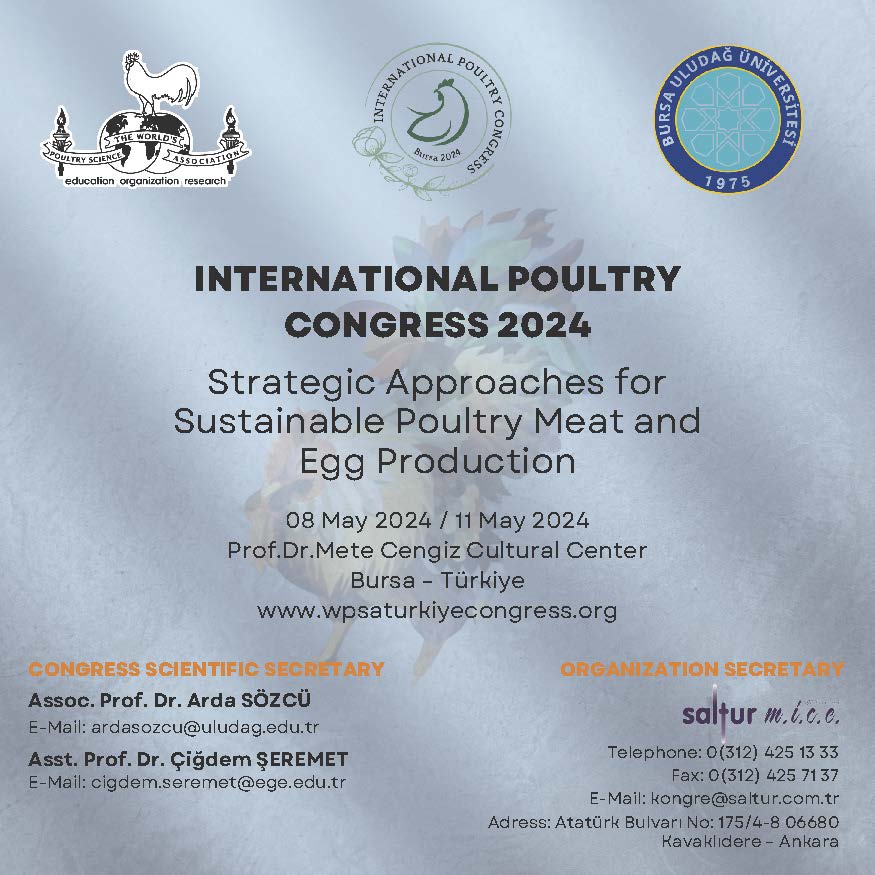Embryo diagnostics are a valuable tool in the hatchery manager's resources for fertile egg management.
Why embryo diagnostic testing should be performed in your hatchery
Prueba
To achieve good hatchability and chick quality, the birds' eggs must be handled carefully from the time of laying to the time of incubation.
By incorporating embryodiagnosis into your hatchery quality control procedure, you can improve long-term incubation results.
WHAT EXACTLY DOES AN EMBRYODIAGNOSIS CONSIST OF?
Simply put, it involves carefully examining unhatched or infertile eggs by opening them to find out why the embryo has not developed or hatched.

The content of the egg reveals if it was infertile, if there was a microbiological contamination or in what stage of the incubation the embryo died.
Therefore, an embryodiagnosis can be considered a very useful tool both for solving problems (eg, a sudden drop in hatchability) and for looking for areas of improvement in hatching performance.
THREE GOOD REASONS TO CARRY OUT EMBRYODIAGNOSIS
- The first good reason for embryodiagnosis is to obtain information about the causes of poor hatching.
There are times in a hatchery when incubations don't go as planned and you find yourself with far fewer chicks than expected.
At such times, embryodiagnoses are the only reliable way to identify the causes of these losses.
- Embryo diagnostic tests are also used to evaluate new incubation profiles and compare them with current ones in order to improve results.
For example, you may want to increase weight loss by reducing humidity or increasing setter ventilation, or you may want to remove unhealed navels by reducing setter temperature.
In such cases, eggs from the same batch and loaded on the same day should be used in both the 'control' and the 'test' machines.
It is important that only one modified fit is tested per trial so that you can reliably determine the difference generated by that fit.
- However, the best of embryodiagnosis is found in historical analysis.
Routine embryodiagnoses and combining and interpreting the data can reveal trends and allow you to assess breeder farms, egg storage, handling and transport conditions, as well as a particular setter or hatcher.
In this case, each batch of breeders should be examined weekly and the date should be indicated in the database for periodic analysis.
Only by creating this kind of 'database' you can have a good basis for investigating hatchability problems when they occur.

EMBRYODIAGNOSIS ANALYSIS BEFORE AND AFTER INCUBATION
There are two times to perform embryodiagnosis on hatched eggs: during candling and post-hatch.
- Pre-hatch embryodiagnosis or "candling" analysis is carried out before transferring the eggs to the hatcher for the last days of incubation. All eggs that are removed and clear eggs must be opened and examined.
Ovoscopy embryodiagnosis is accurate in distinguishing between "truly infertile" eggs (blastodiscs) and embryos that have suffered early death (blastoderm) due to breeder farm or hatchery problems, such as storage of eggs, prolonged eggs, poor storage conditions or excessive spraying.
- Post-hatch or "day of hatch" embryodiagnosis includes testing of all unhatched eggs after chick removal. This type of embryodiagnosis is crucial to identify problems in the transfer of eggs or in the hatchery. On the other hand, to compare breeders and evaluate farm management.
Candling: infertile eggs and embryos that die early during incubation can be identified as "clear" eggs
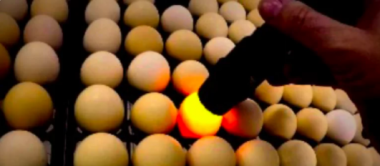
IMPROVING INCUBATION RESULTS THROUGH ACCURATE RECORDS
If you don't do embryo diagnostic testing, you are literally throwing away valuable information that could help you troubleshoot the breeder farm and hatchery.
Petersime will be happy to help you by teaching you how to properly perform an embryo diagnostic test.
The practical training session on embryodiagnosis of eggs is included in the Petersime training program.
For more information, email to Petersime at: [email protected].


